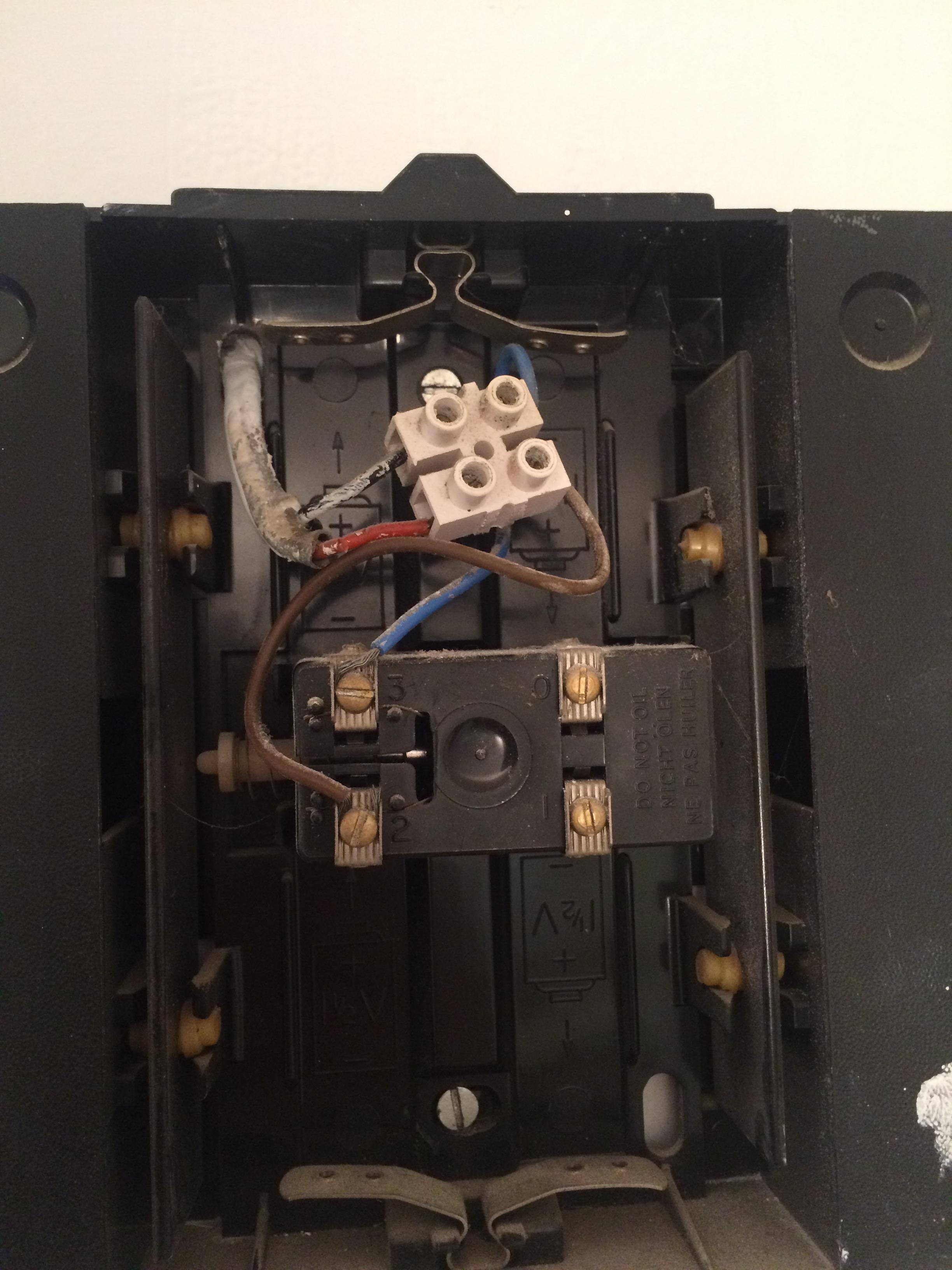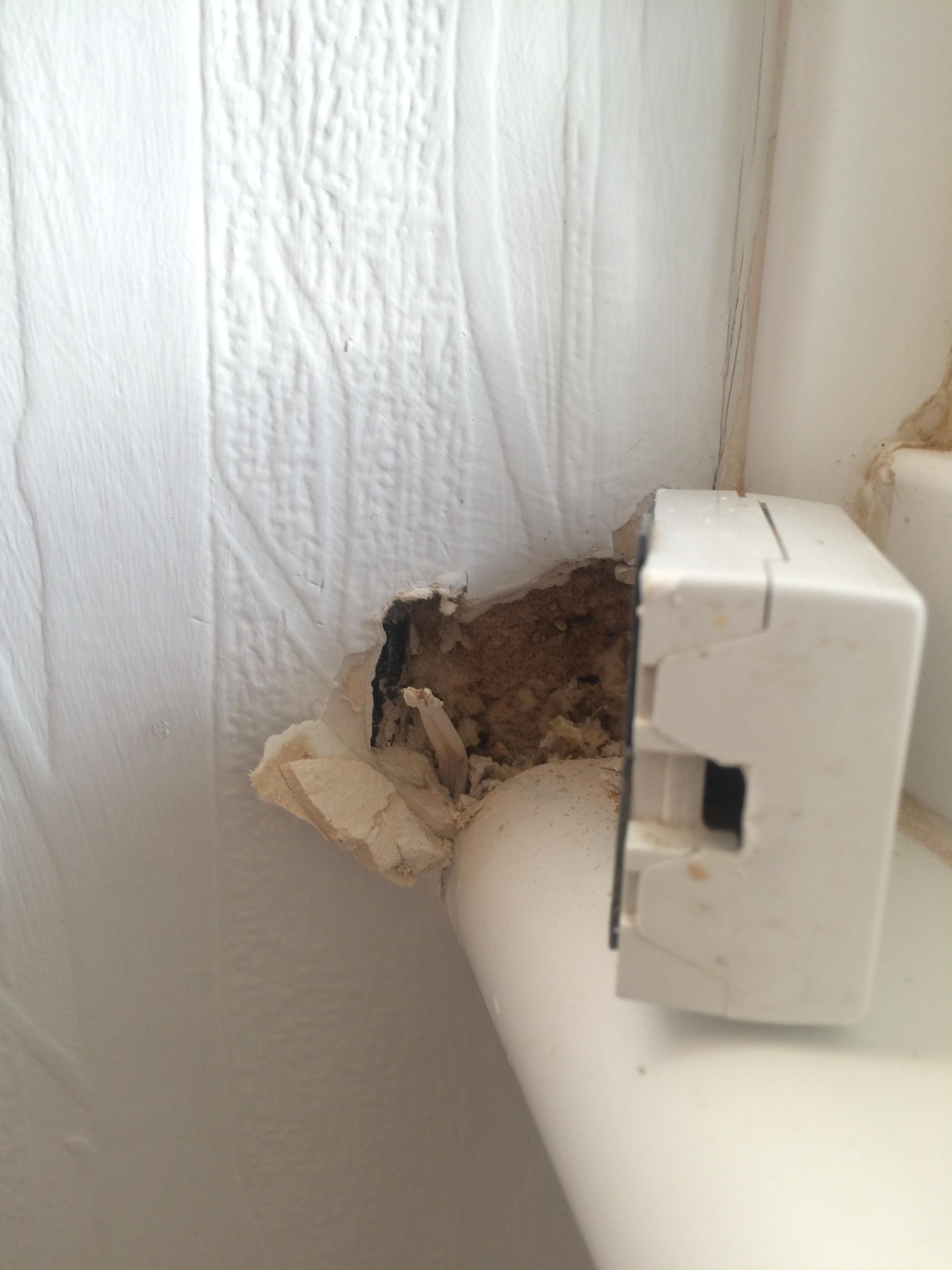My doorbell recently stopped working, after a decorator painted my hallway.
It is a wired system with a bell transformer beside the consumer unit. There are 2 wired bell units inside the house – one downstairs and one upstairs.
I'm handy with a multimeter but I do not have access to the junction box that connects all the wires together, without ripping all the paper off the wall and needing redecoration. There is only one pair of wires leaving the transformer, and only one pair leading to the switch and each of the two bells – so I know there must be some kind of junction somewhere. It would help if I knew exactly where! These wires are all of different ages and appearances, as they were commissioned at different times, so I know I can't be mistaken in this.
I'm working on the assumption that theThe bells are wired in parallel, but at the moment, I don't even know how I can prove this.
The transformer is working and is generating approximately 14V AC.
Measuring the voltage across the switch, I see the same. Pressing the button, the voltage drop across the switch goes to 0V. However, neither of the bells ring. The switch is of the kind that lights up when it is not being pressed, but it is no longer illuminating, even though there is 14V AC present.
I did manage to persuade someone to press the switch while measuring the voltage across one of the bells. It stayed at 0V.
All the connections seem to be sound.
What should my next steps be? Are there any further practical diagnostic steps I can make, or do I now need to start making holes in stuff looking for the junction box?
Once I find the box I know how to check the resistance of each leg looking for the break. But can I do anything useful without finding it? I have access to a mains cable detector, but does that work with the lower voltages a doorbell works at?
Here are some pictures of the various parts of the system:




Update
I first tested the current drawn by shorting out the switch contacts, using a multimeter. I got 0mA.
Then I found a long length of speaker wire. With the help of a chock block, I traced the continuity between the various parts of my circuit.
I have a good connection from one side of my transformer to one side of the switch.
I have a good connection from the other side of the transformer to one side of both bells, which means they are definitely wired in parallel.
The other side of the bell units are connected to each other as well, confirming they are in parallel.
Unfortunately, the other side of the switch is open circuit to the other side of the bell units.
Sadly, I think this means I need to run a new wire.






